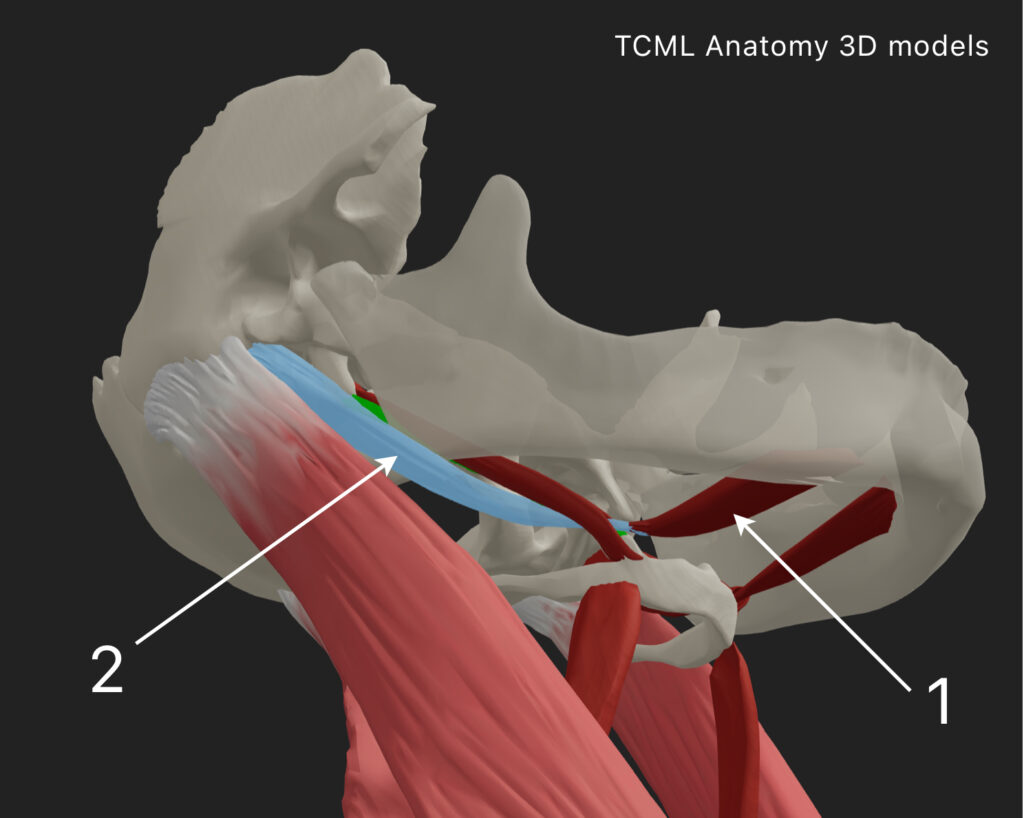NEET PG 2025 Question paper and Answer Key PDF
NEET PG 2025 Answer Key & Solved Paper Latest Memory‑Based Solutions with Detailed Explanations TCML – Premium Quality 🎯 Exclusive Release: NEET PG 2025 examination conducted on 3 August 2025. Get the most comprehensive NEET PG 2025 answer key and detailed solutions exclusively from TCML – your trusted medical education partner. Sample Questions from NEET […]
NEET PG 2025 Question paper and Answer Key PDF Read More »









